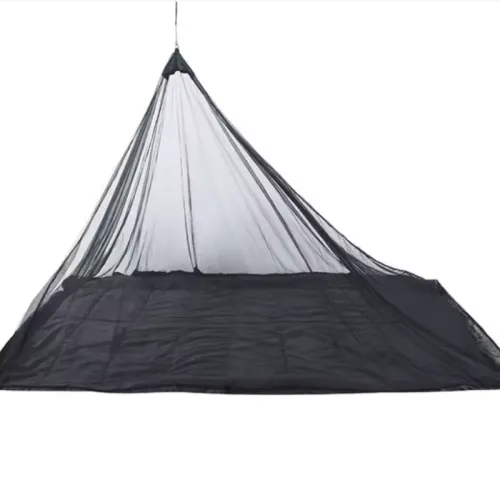Dec . 03, 2024 14:46 Back to list
Effective Methods for Repairing Aluminum Window Screens at Home
Aluminum Window Screen Repair A Comprehensive Guide
Aluminum window screens serve a crucial role in keeping unwanted insects out while allowing fresh air to flow into our homes. Over time, these screens can become damaged due to wear and tear, weather conditions, or even accidental punctures. When this happens, repairing aluminum window screens can save money and maintain the aesthetic appeal of your home. In this article, we will discuss the tools required for the repair process, common types of damage, and step-by-step instructions to get your screens looking as good as new.
Tools and Materials Needed
Before initiating any repairs, it’s essential to gather the necessary tools and materials. You will need
1. Replacement screen material (preferably aluminum) 2. Utility knife or scissors 3. Screen spline (a flexible material that holds the screen in place) 4. Screen frame or a flat wooden frame (for repairs) 5. A flathead screwdriver 6. A staple gun or a screen fabric adhesive 7. Measuring tape 8. A pair of gloves for hand protection
Assessing the Damage
The first step in repairing aluminum window screens is assessing the extent of the damage. Common issues include
- Holes and Tears Punctures or tears can occur from storms, pets, or normal wear. - Bent Frames Screens can become bent or warped, affecting their fit in the window. - Loose Spline Over time, the spline can loosen, causing the screen to sag or come out altogether.
Repairing Holes and Tears
1. Cut a Patch For small holes or tears, you can use a piece of spare aluminum screen to create a patch. Cut the patch slightly larger than the damaged area. 2. Attach the Patch Place the patch over the hole, securing it with adhesive or a staple gun. Make sure it adheres firmly to the existing screen.
3. Reinforce Edges For added security, apply a thin layer of adhesive around the edges of the patch to prevent future peeling or lifting.
Replacing the Entire Screen
aluminum window screen repair

For larger damages or bent frames, replacing the entire screen may be necessary
1. Remove the Frame Carefully remove the screen frame from the window by loosening the screws or clips.
2. Disassemble the Frame Take apart the screen frame using the flathead screwdriver. Remove the old spline and screen material.
3. Cut New Screen Material Measure the dimensions of the frame and cut the aluminum screen to fit, ensuring it is about one inch larger than the frame.
4. Lay the Screen Place the screen over the frame, ensuring it is taut. Smooth out any wrinkles or creases.
5. Insert the Spline Put the spline on top of the screen and press it down into the frame’s groove. Using the flathead screwdriver, push the spline into the groove firmly.
6. Trim Excess Screen Once the spline is securely in place, use a utility knife to trim any excess screen material along the outer edge of the spline.
7. Reinstall the Frame Reattach the repaired screen frame back onto the window.
Tips for Maintenance
To prolong the life of your aluminum window screens, regular maintenance is crucial. Clean the screens periodically using a mild detergent and a soft brush to remove dirt and grime. Inspect the screens for any signs of wear and tear, especially before changing seasons. Prompt repairs will prevent more significant damage and expenses in the future.
Conclusion
Repairing aluminum window screens is a practical and economical skill that every homeowner should consider. With the right tools, techniques, and a little patience, you can restore your screens effectively. Whether patching small holes or completely replacing damaged screens, maintaining your aluminum window screens will keep your home comfortable, stylish, and insect-free all year round.
Products
Latest news
-
Unveiling the Allure and Practicality of Classic Mosquito Nets
NewsJul.04,2025 -
Unraveling the World of Mosquito Nets: Varieties, Costs, and Production
NewsJul.04,2025 -
Redefining Protection and Style: The World of Mosquito Nets
NewsJul.04,2025 -
Enhancing Sleep and Style with Contemporary Mosquito Nets
NewsJul.04,2025 -
Diverse Solutions in Mosquito Netting: Sizes, Varieties, and Flexibility
NewsJul.04,2025 -
Deciphering Mosquito Nets: Significance, Varieties, and Applications
NewsJul.04,2025 -
Transforming Bedrooms into Mosquito - Free Havens
NewsJul.01,2025









